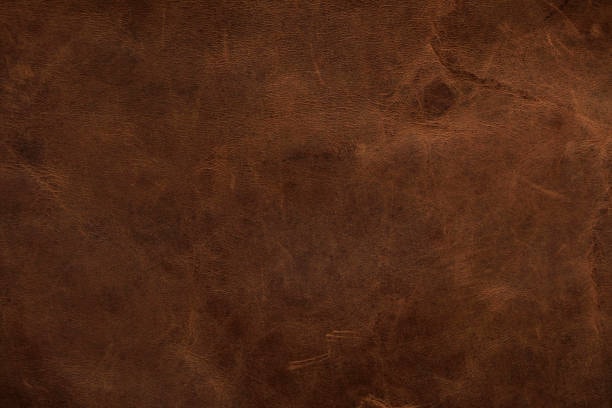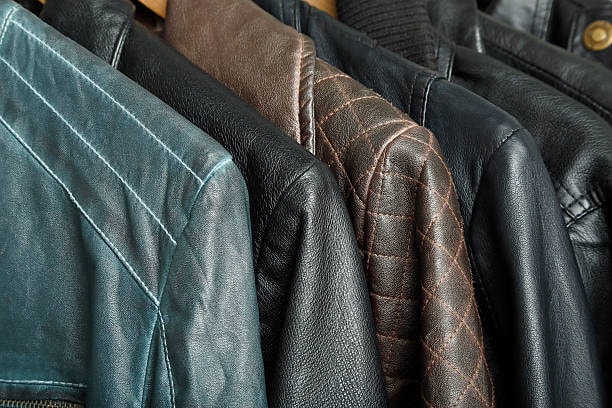But sewing silk could be utopic and magical as well as a tiring hardship, in equal measure. It is somewhat opulent in texture and very delicate; hence, its effectiveness demands careful handling to realize enhanced elegance. For the professional seamstress who is using silk for the first time or the beginner sewist who has never touched silk fabric, you will find here simple sewing tips and methods of hand sewing with fine silks.
What is sewing silk?

Silk sewing means to stitch or manufacture of silk or like fabrics, garments and various other products based on the fabric. Silky cloth is a material that is often used in the production of high-end and expensive clothing and accessories because its texture is smooth and soft and the fabric is smooth and smoothy. The term covers all activities related to the utilization of silk fabric in making garments, which include cutting, putting the fabric in order, sewing the garment and the final process of giving the silk garments their final touch to make classy and beautiful pieces. It works with specific fabric and sewing machine needles and tools, including fine needles and silk thread and uses techniques that do not compromise the creation of frays or puckers while sewing this kind of fabric.
Silk fabric made of
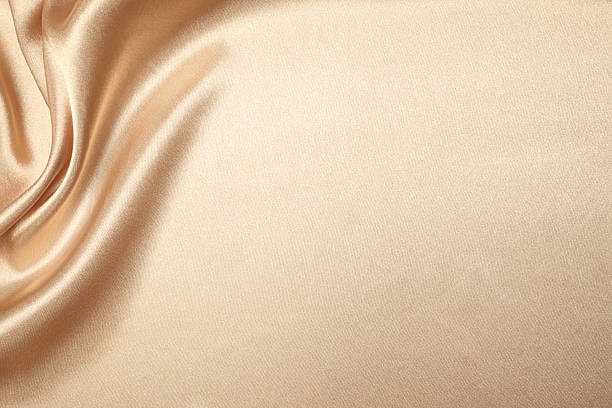
Silk is a type of cloth that is produced from silken threads that are spun naturally from the cocoons of silkworms. Both of these fibers are processed into silk threads, which are then woven or knitted into fabrics. Most of the natural silk fuces originate from the cocoon of the mulberry silkworm, commonly known as Bombyx mori. It encompasses the rearing of silkworms on mulberry plants and then collecting the spun cocoon and after that, the unwinding of the long silky texture of the fiber. These fibers are so strong that it give silk a very smooth and shiny texture and the corresponding touch that is unique to the material. Silk fabric by nature is not only soft but also light-weighted, causes no irritation or swelling on skin; besides, it absorbs moisture like a sponge, which all adds to luxurious nature of the material.
What are the different kinds of Silk?
It is desirable to underline that silk is divided into several types, and every type possesses unique features and applications. Here are some of the different kinds of silk:
1. Mulberry Silk fabric
Description: It is the most widely used branded silk and is spun by silkworm Bombyx mori, that feeds only on mulberry leaves.
Uses: Fashion accessories such as classy clothes, expensive bed linen, and elegant scarves.
2. Tussah Silk fabric
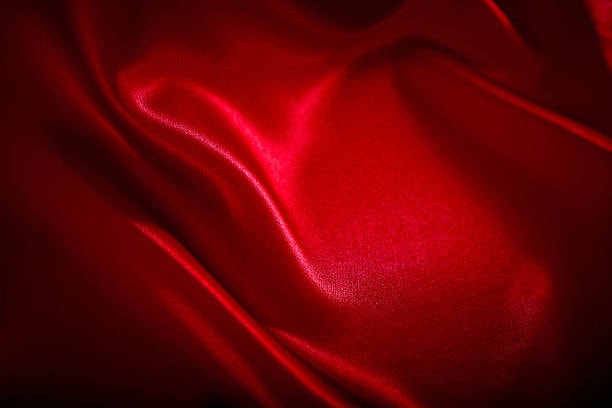
Description: Wild silk is also referred to as tussah and is made from silkworm that feed on the tender leaves of oak and juniper trees. It is not as smooth and polished compared to mutberry silk materials.
Uses: Gentlemen’s and ladies’ wear; collars and cuffs; and harder-wear, including the width of the seam allowance, fabric, suits, and curtains.
3. Eri Silk fabric

Description: Commonly referred to as Eri silk, the fabric is derived from the Samia cynthia ricini silkworms and is quite resilient. It is also known as peace silk since the cocoons are not killed in the process.
Uses: Clothes, stoles, and other warm accessories whose demand does not fluctuate with the change of seasons.
4. Muga Silk fabric
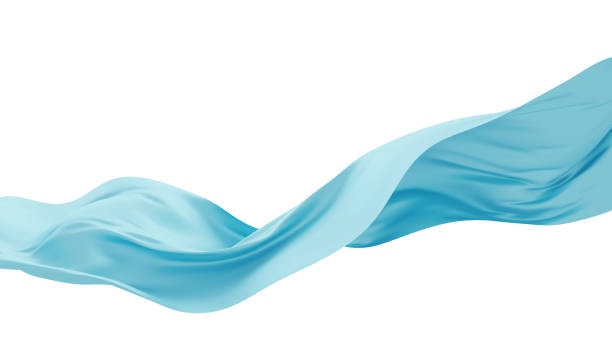
Description: A specific type of silk, which is golden-colored and can be spun only once, is obtained from silkworms of Antheraea assamensis found in Assam, India. Muga is produced in a golden yellow color, and it is known to get even more softer and shiny with wash.
Uses: Costumes, sarees and ornamental items in Ethnic style of Dressing.
5. Dupioni Silk fabric
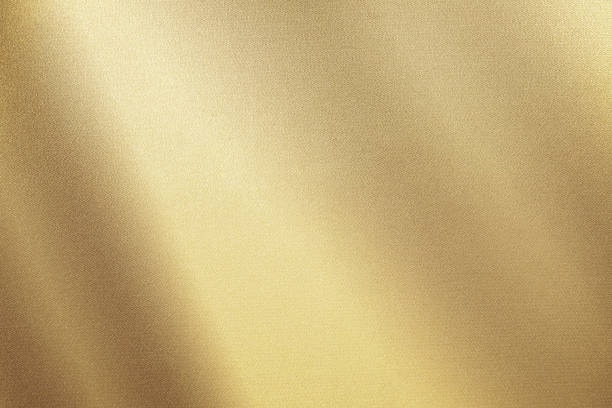
Description: Filament yarn is produced from two fine strands from the cocoons of two silkworms that have mutually spun together. It is textured yarn with a pronounced surface and a twill weave structure with varying thicknesses and knots.
Uses: Sometimes this fabric is used for formal wear, wedding dresses and household decorations.
6. Charmeuse Silk fabric
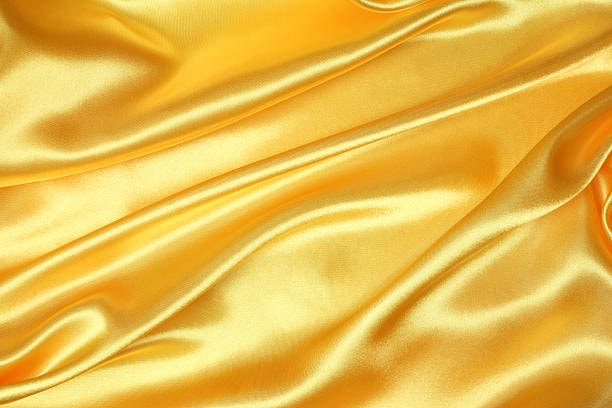
Description: Described for having one side that is smooth and shining while the other side has a matte and almost rough surface. It drapes well and has a certain fluidity to it in contrast to other fabrics, which are dense and heavy.
Uses: Shoes, stockings, chemises, blouses, and gowns.
7. Habotai Silk fabric
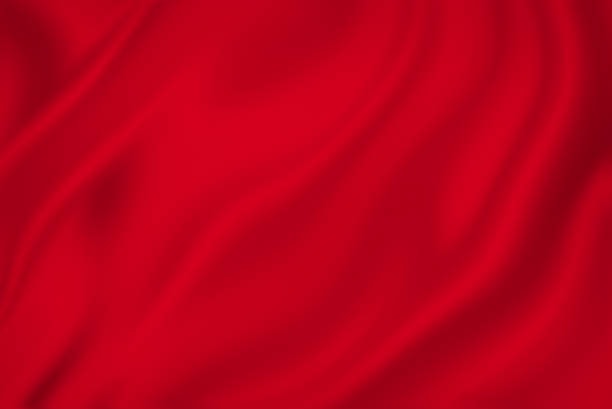
Description: Generally flexible and light in weight, they found their way to be used as lining materials. This one is cheaper than other lightweight silks used in the market or actually cheaper than other fabrics in the market.
Uses: Linings, summer goods as clothing and scarves.
8. Silk Chiffon
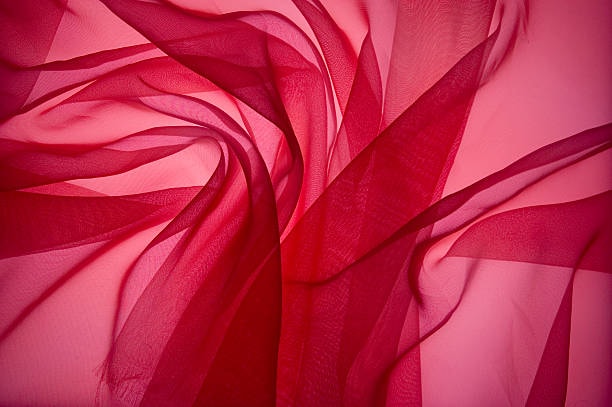
Description: A weaved fabric with poor thickness has very fine and smooth top surface but is slightly coarse on inner surface. It is a beautiful fabric that mostly drapes well and is often worn in a single layer or layers.
Uses: Overcoats and tailoring, robes, and shawls.
9. Silk Crepe de Chine

Description: A delicate, dull substrate with wrinkles on its surface that resemble crimping. Some of them include the type that is longer-lasting and is not easily wrinkled.
Uses: Hemlines, blouses, and undergarments.
10. Silk Organza
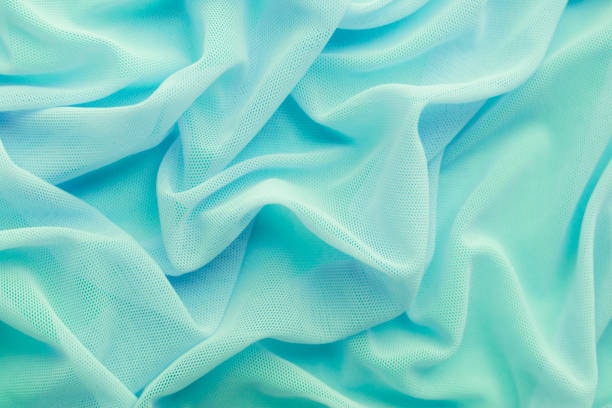
Description: A lightweight, refined material used in garments in women to make them sexy, usually has a crisp texture and is as thin as tissue paper. As it remains good for molding, it maintains a good shape compared to other clays.
Uses: bridalwear, of course; dancing; gowns; ornamentation.
11. Silk Taffeta
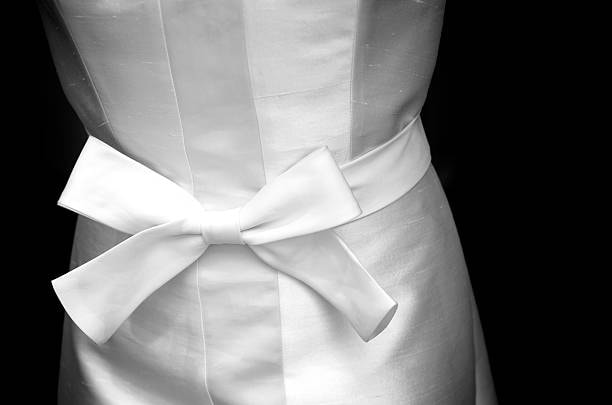
Description: It should be supple, uniform and dry-looking, with a slightly glossy finish. It makes noise when it is shifted and fabric fell in a particular manner.
Uses: Among them, formal wears, evening gowns and home interiors are some of the common clothing designs with floral patterns.
12. Raw Silk fabric
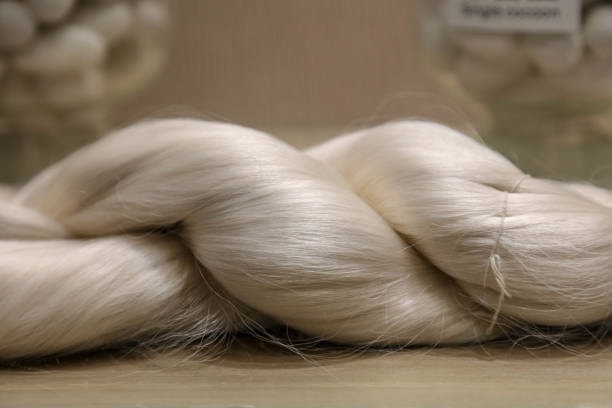
Description: Untwisted filament which has not undergone process of throwing that removes sericin or natural gum of the silk. It has a dull and uneven surface to the touch compared to its earlier glossy-like finish.
Uses: Shirt/men’s wear, female wear, bed & bath linen, and footwear.
Properties of silk fabrics
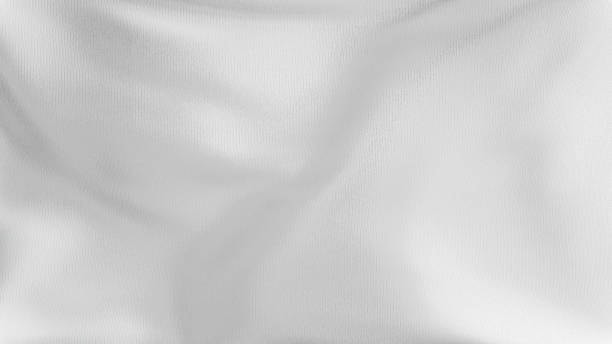
These are the properties of silk fabrics
- Delicate and Slippery: Care is needed to avoid compacting and moving it out of the ideal position it should have in the construction process.
- Natural Fiber: Flexible, light and noisy; susceptible to wear and tear brought on by humidity and heat.
How to pre-wash and care for silk fabrics
The washing of silk fabrics is done before adding them to clothing and interior designs; they must be treated softly because of the sensitivity in their textiles. To pre-wash thicker silk fabrics, take a basin and pour lukewarm water mixed with a little quantity of mild shampoo or preferably with the silk wash solution. Stir the silk gently in the solution, avoiding scrubbing or twisting the silk as it might harm the fibers.

Last, it should be rinsed together with cold water in order to remove any detergent that could be remaining on the silk garment. It means that after washing, products should be put flat on a fresh, clean towel and then be rolled so that it are free from excessive water. Banish and reposition the fabric upright, then leave it flat on the drying stand or any clean surface and expose it to heat but not direct sunlight. For further wear care, silk items should be professionally washed or washed with hands or in a washing machine by selecting gentle wash cycle and using a mesh bag for washing.
Do not use bleach or fabric softeners and what ever treatment is applied to the silk should be done with caution. When using an iron, set it to the lowest heat level and always use a pressing cloth to avoid heating the clothes too much. The best way to store new silk is in a cool, dry place with minimal creases and avoid hanging it as this may result in creases. Follow the above steps and make your new silk fabrics just as beautiful and long-lasting as you want them to be.
How to sew silk
Sewing silk comes with some challenges, which means that a lot of care and attention have to be employed as well as proper methods have to be followed to achieve quality productions. Start with preparation by washing the silk so that it would allow you to remove any finish that has been put on the fabric to prevent shrinking. Always remember to use sharp cuts, such as a pair of scissors or a rotary cutter for fabric cutting and handle the fabric gently to reduce any fraying or distortion. Make stitch selection tips for sewing with a fine needle like a Microtex needle and thread using silk or fine polyester thread for sating. Check if the fabric is slipping when sewed; if it is, use tissue paper or a lightweight stabilizer to fix the fabric for sewing. stitch length should be set a little shorter, about 1 mm.
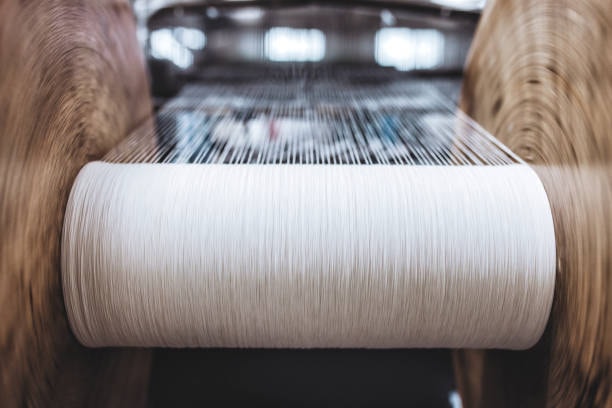
5-2mm, to minimize puckering. Stitch, mark or even use the fabric clips to hold the two fabrics constantly to avoid making marks on the fabrics. Apart from this, when pressing seams, do it at low heat and place an organza or other fabric that is specifically designed for such purpose between the iron and the silk. Once seams have been completed, ensure that the edges of french seam are not frayed and are sealed properly through methods such as French seams or serging. The strategy has shown that when taking enough time and paying attention to details, one can accomplish excellent work when sewing silk pins clothes and accessories.
Essential Tools and Supplies

Having the right tools can make a significant difference when sewing silk.
Needles and Thread
Microtex Needles: Fine, thin and pointy, which is perfect for making tiny holes on thin materials such as fabrics.
Silk Thread: is soft to touch, very smooth and has a similar surface feel as that of the fabric.
Cutting Tools
Sharp Scissors or Rotary cutters : Helps maintain the cleanliness and sharpness of the edges created through cutting and prevent them from fraying.
Pattern Weights: Aids in fastening the fabric to ensure that it does not slip when cutting.
Other Supplies
Seam Ripper: Beneficial in editing and removing wrong streaks that may be made without tearing the fabric.
Pins and Clips: Always use non-metallic pins, such as lightweight silk fabric pins or sheer fabric clips so as to least cause any form of impression on the material.
Troubleshooting Common Issues
Even with careful preparation, you might encounter some challenges while sewing silk:
Fraying Edges
Serged Edges: This will be with a serger, particularly for those seams that have not been designed to be sated.
Fray Check: Dab fray check on the loose edges of a machine sewing silk fabric or stabilize silk fabric cut. It is important to apply a small amount of fray check on raw edges of delicate fabrics before any cloak cut in a hotel.
Slippery Fabric layers
Use a Walking Foot: Recipes to straight stitch foot assist in the feeding of the material through the machine from time to time.
Pin Strategically: Pin both layers of pattern pieces of fabric with some distance that would ensure that the next pins go through the correct layers of fabric.
Conclusion
Sewing silk is a wonderful process when you know the right techniques and tools to use. Firstly, application of the above properties of thicker silk satin fabrics enables one to prepare it in the best way that will give beautiful and luxurious garments, and secondly, through effective sewing with silk machine. Ample practice and perseverance are required, and, at some point, you will become an expert in working with fine silk and turning it into exquisite garments.
Happy sewing!



